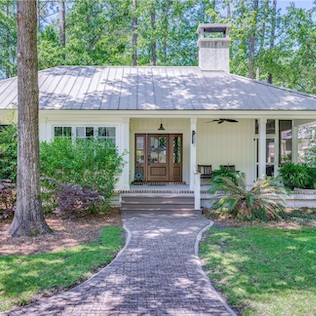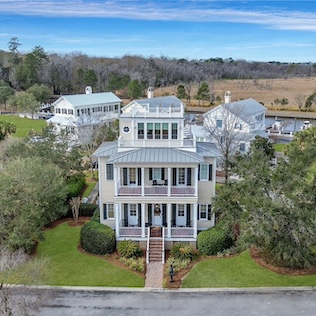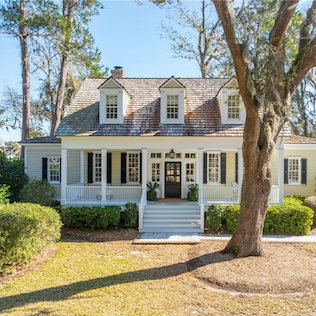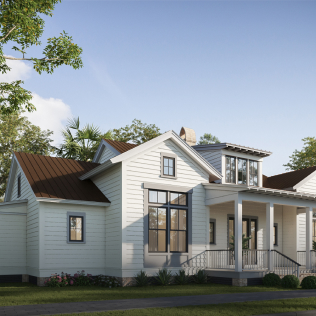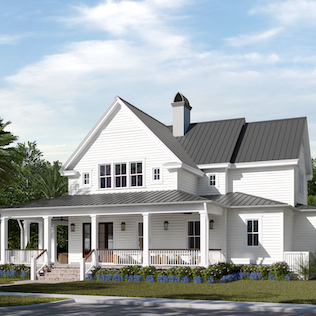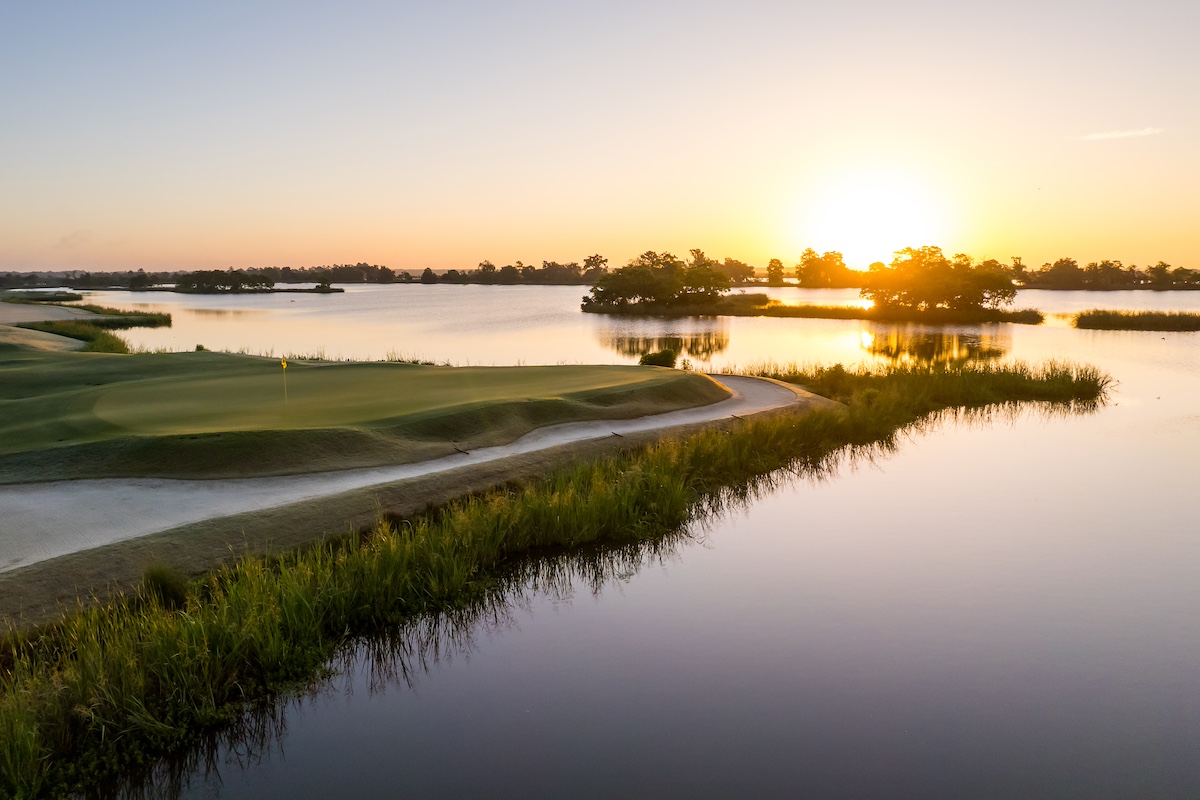Ladies hit the links at The Ford
Whether you’re a novice golfer or a putting and pitching pro, there are plenty of opportunities for the ladies of The Ford to tee off together. With weekly clinics and special events throughout the year, our members love spending time on the beautiful grounds of our Audubon Certified and multi-award winning golf course.
The Ford course feature the long, scenic views that are one of designer Pete Dye’s signatures. Built with member play in mind, the course is a joy to play for the average golfer—and ladies will appreciate the attention given to the placement of the women’s tees, which will typically eliminate the need to worry about water or larger hazards. This, too, is often the case with Pete Dye courses, as Mrs. Dye was herself an avid golfer and greatly influenced the way Mr. Dye’s designs played for female players. Here’s what’s happening for ladies on the links in 2021:
Golf Clinics
Every Wednesday during the season (October through May), the golf practice facilities are a teaching center and feature a clinic for women starting at 3 pm.
Girls on the Green
For those ladies who are new to the sport or simply want a laid-back, no-pressure golfing experience, we offer Girls on the Green (known around the Club as GONG). This member-led program currently includes more than 50 Ford ladies who get together to enjoy special golf experiences, including beginner clinics, the cocktail-friendly Sip and Chip, golf poker, and golf bingo. There’s even a nighttime glow ball event coming up this April. Whether you’re there for the socializing or to up your game, Girls on the Green takes the intimidation factor out of the game and keeps this Club tradition fun and light for our members.
Ladies Play with a Pro Day
On the second Tuesday of every month, the Golf Club hosts “Ladies Play with a Pro Day.” All skill levels are welcome, and you’ll have the option to play either nine or 18 holes. We meet on the range at 9:30 am for a free 30-minute golf clinic, where members will be grouped together with fellow Ford ladies and a pro. Following the clinic, each group will tee off the first hole at 10:00 am from the ladies tees with the expertise of our pros to guide them along the way.
Nine & Dine date night
This competition brings together two of Ford’s most-loved amenities: nine holes of golf followed by world-class cuisine at the Clubhouse. On select Friday afternoons, a 4 pm shotgun start will kick off this mixed couple’s tournament. Couples will be paired to create foursomes and play a scramble format round, where the best shot of the foursome wins on each play. The fun and easy format allows golfers of all skill levels to compete! Pros will be out on the golf course assisting groups, and we will also have a few other contests on the golf course. After nine fun-filled holes, players return to the Clubhouse for a prix fixe dinner menu prepared by our renowned chef. Nine & Dine makes for a perfect date night.
Ladies Member Guest
Usually held in November, our popular Ladies Member-Guest tournament is the premier ladies’ golf event at The Ford. This year, the tournament will be held in March, with a shotgun start at 9 am on Wednesday the 24th and Thursday the 25th. There is also an optional practice round the Tuesday prior, beginning at 9 am on March 23rd.
Ford ladies have the opportunity to invite a guest to comprise a team of two for a two-day net eclectic format tournament. Competitors will keep their best net score for the team for day one. If they have a better score on a hole the second day, they count the second day’s net score. Players can only better their day one score!
